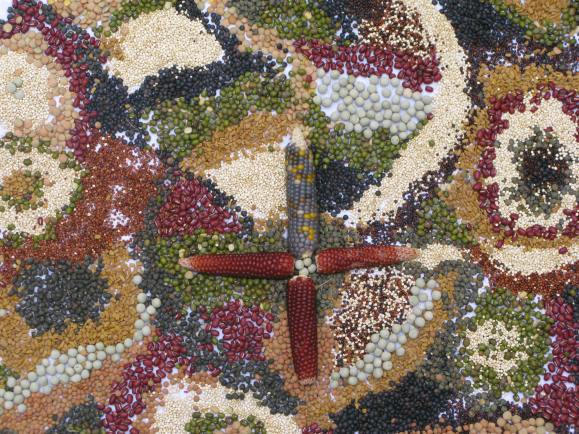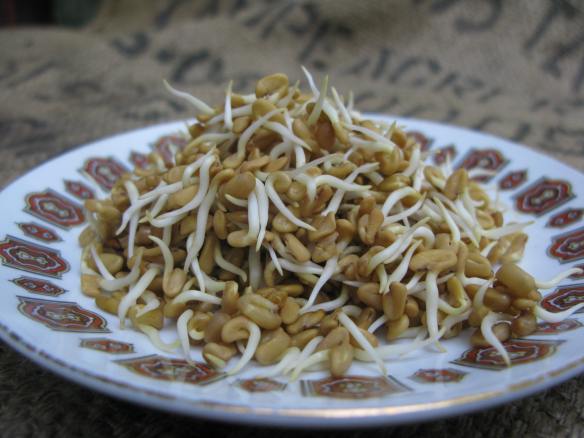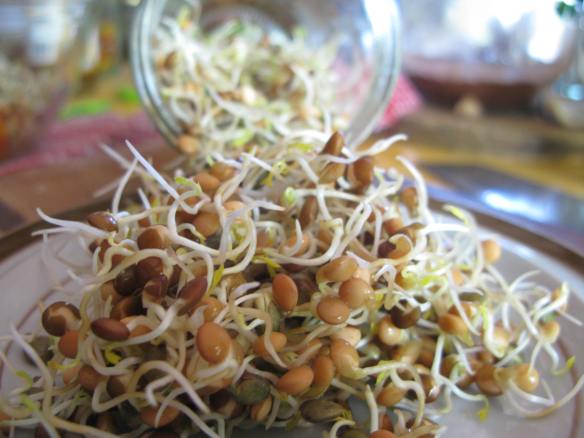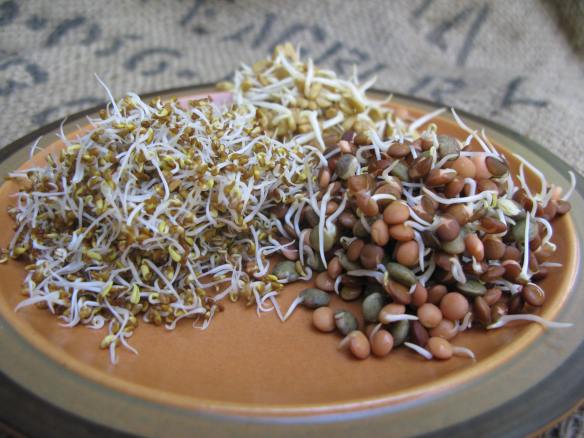What if you could grow your own organic food for very little money and almost no effort?
What if it didn’t need any soil, any sun or any gardening experience?
What if it could grow in any climate at any time of the year producing no waste?
What if this crop was ready to eat in 3-4 days, multiplied more than 400% in volume in a week and was high in nutritive value?

It might sound like a dream but it’s real and accessible to everyone.
Welcome to the wonderful world of SPROUTS!
HOW TO SPROUT
If you’ve already tried and didn’t have much success or if you’re new to it, here’s an easy guide to grow your own fresh and nutritious sprouts!
- Choose the seeds
The majority of seeds that come from an edible plant can be sprouted for consumption but some can be quite tricky and require particular attention and techniques. Start with seeds easy to sprout: alfalfa, fenugreek, lentils, mung beans or adzuki beans.

- Select the seeds
Check the seeds and take away the one that are broken or not completely formed, as they won’t sprout and potentially cause the whole lot to go moldy

- Soak the seeds
Every seed has a different soaking time but to keep it simple you can soak them overnight and that will work with most seeds. You can soak them directly in your sprouting jar covered with a muslin cloth kept in place by a rubber band. In the morning pour the water out and let them drain on a slight angle.

- Care for the seeds
Rinse the seeds at least 2-3 times a day and in very hot days make sure they don’t dry out. You can rinse them directly in the jar and pour the water out through the muslin cloth

- Enjoy
The sprouts are ready to be eaten when the tiny roots are a couple of centimetres long but you can sprout them all the way to the development of the first leaves.

- Store the seeds
If you’ve sprouted more seeds than what you can eat (and it often happen as a little handful will get you going a long way!) you can store them in an air-tight container in the fridge for a few days. But fresh is best.

A FEW TIPS
Don’t underestimate how much the seeds will increase in volume: use a large jar for a little handful of seeds. If they are too crowded it’s more likely that mold will develop.
Rinse the seeds often and if the water doesn’t come out clear, rinse again. This also will prevent mold from forming.
Get into a routine and start a new batch every couple of days so that you never run out.

SERVING SUGGESTIONS
Sprouts are best enjoyed raw, carrying a high bio-energetic value (pure life force) that generates healing and general well-being.
They are delicious with everything and add flavor and texture to any meal: have them for breakfast with yogurt and muesli, for lunch in a sandwiches or for dinner accompanying stir-fries and soups. And of course try them in combination with Wagtail salad mix: absolutely unforgettable!
